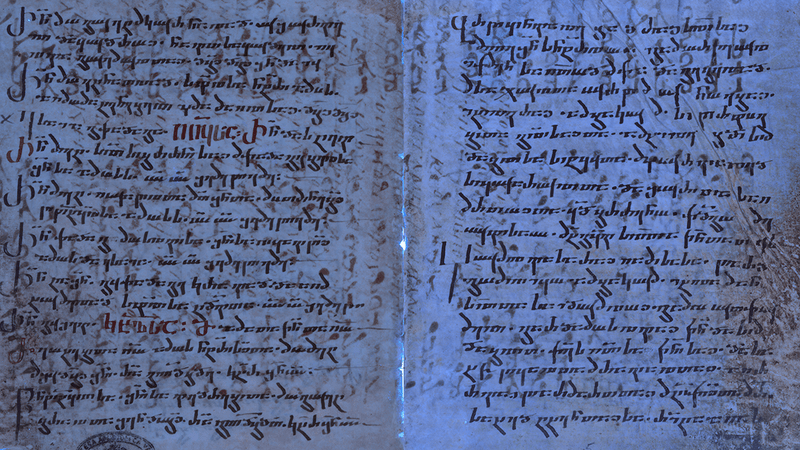Scientists working on a manuscript held in the Vatican Library say they have uncovered a “hidden chapter” of the Bible written over 1,500 years ago.
The passages include Matthew 11 and 12 and include some additional text to what is usually seen in the text.
The team of scientists used ultraviolet light and found text hidden beneath layers of writing in a manuscript about ancient Christian stories and hymns housed at the Vatican Library. They have yet to reveal a full translation at the time of writing, however some excerpts have been released.
The hidden manuscript contains passages of Matthew 11 and 12.
In the Greek version of Matthew Chapter 12, verse one reads: “At that time Jesus went through the grainfields on the Sabbath and his disciples became hungry and began to pick the heads of grain and eat.” However, the newly discovered Syriac translation reads, “[…] began to pick the heads of grain, rub them in their hands, and eat them.”
The manuscript was likely written around the third century but was later erased by a scribe, which was common practice. The paper was then reused twice before the hidden text was uncovered by palimpsest Grigory Kessel.
The Syriac translation of the scriptures, “Peshitta,” became the official translation used by the Syriac Church in the fifth century. The Syriac translation was written at least a century before the oldest Greek manuscripts that have survived, including the Codex Sinaiticus, a fourth-century Christian manuscript of the Greek Bible.
Dr Kessel, who made the discovery, said that the newly discovered text could potentially provide insight into early Christian beliefs and practice.
“The Gospel text found in this reused manuscript contains the so-called Old Syriac translations of the Gospels. This Old Syriac translation quite often attests the Gospel text that is different from the standard Gospel text as we know it today,” he said.
The text was found as part of the Sinai Palimpsests Project. Researchers are aiming to rediscover texts that erased and written over by scribes between the fourth and 12th centuries.












